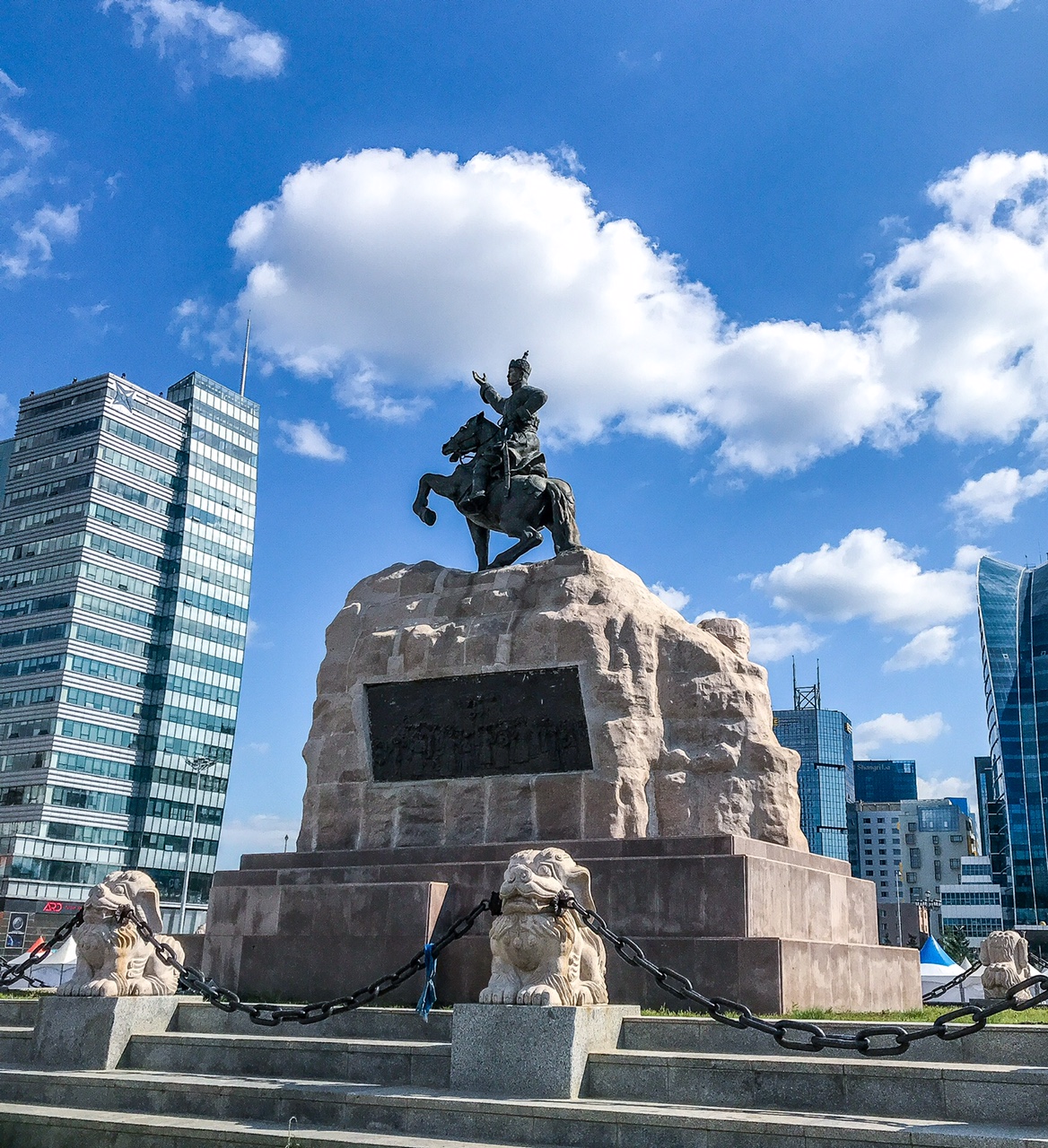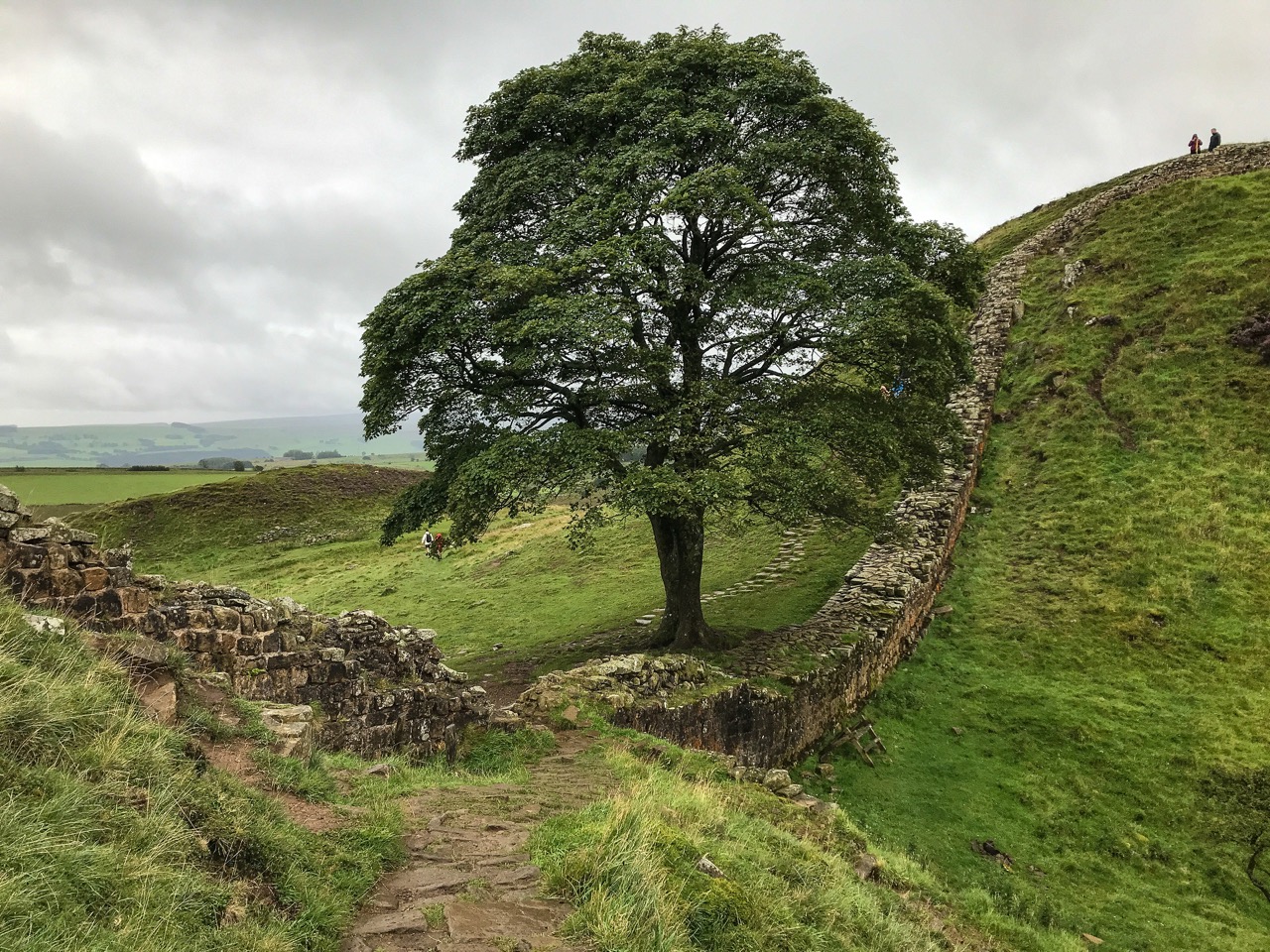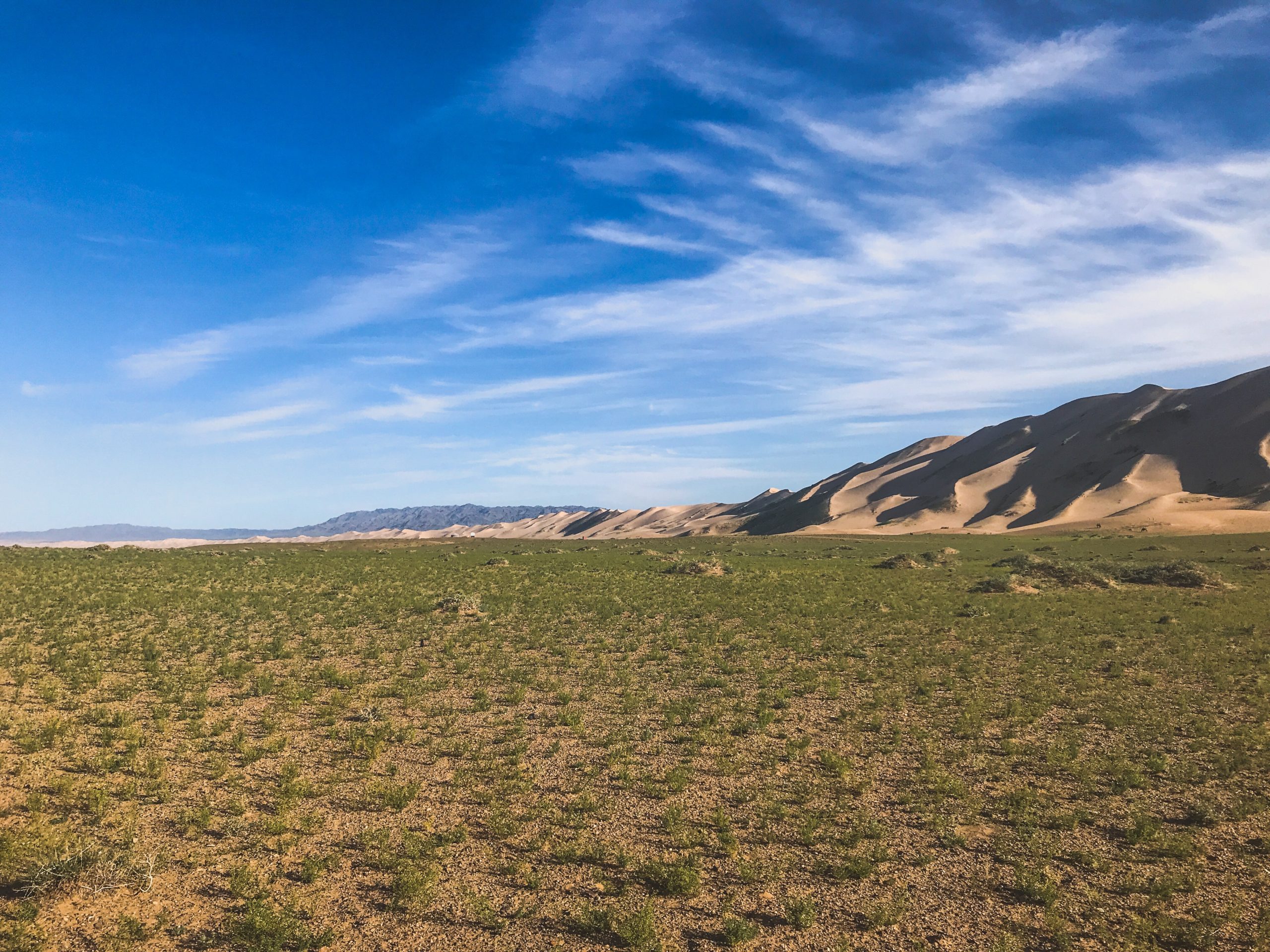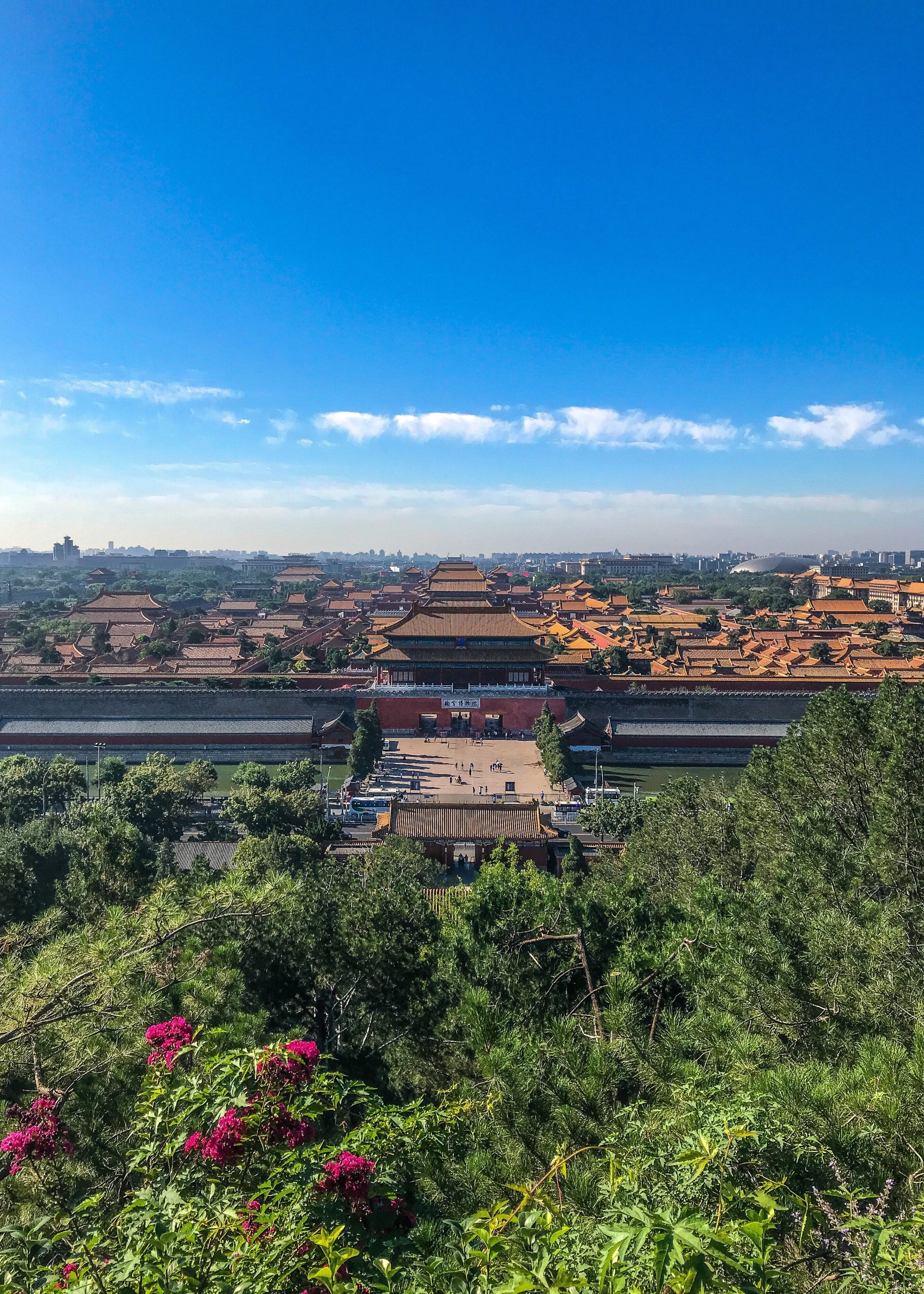Ulaanbaatar, capital of Mongolia, a gateway to the Far East and a city split between what has been and what will come.
Ulaanbaatar is a city of change. It has multiple names, depending on who you ask: Örgöö or Urga traditionally, Улаанбаатар in the Cyrillic alphabet and Ulan Bator in its Anglicised form. It was founded in the 17th century and true to nomadic Mongolian culture, has shifted location at least 28 times in the past 300 years. Both China and the Soviet Union have, at one time or another, shifted their hungry gaze to this capital city due to its lucrative trade routes – linking Eurasia with the Far East.
It’s a city rife with contrast. Keen to hasten its development, the Mongol government have built an enormous international airport and are pumping money into multi-story developments housing office blocks and flashy high-street brands. Yet, behind the façade, Ulaanbaatar is a city filled with dust, blown in from the vast Mongolian steppe where the wandering nomads still thrive in their gers, abiding by the traditional way of life.
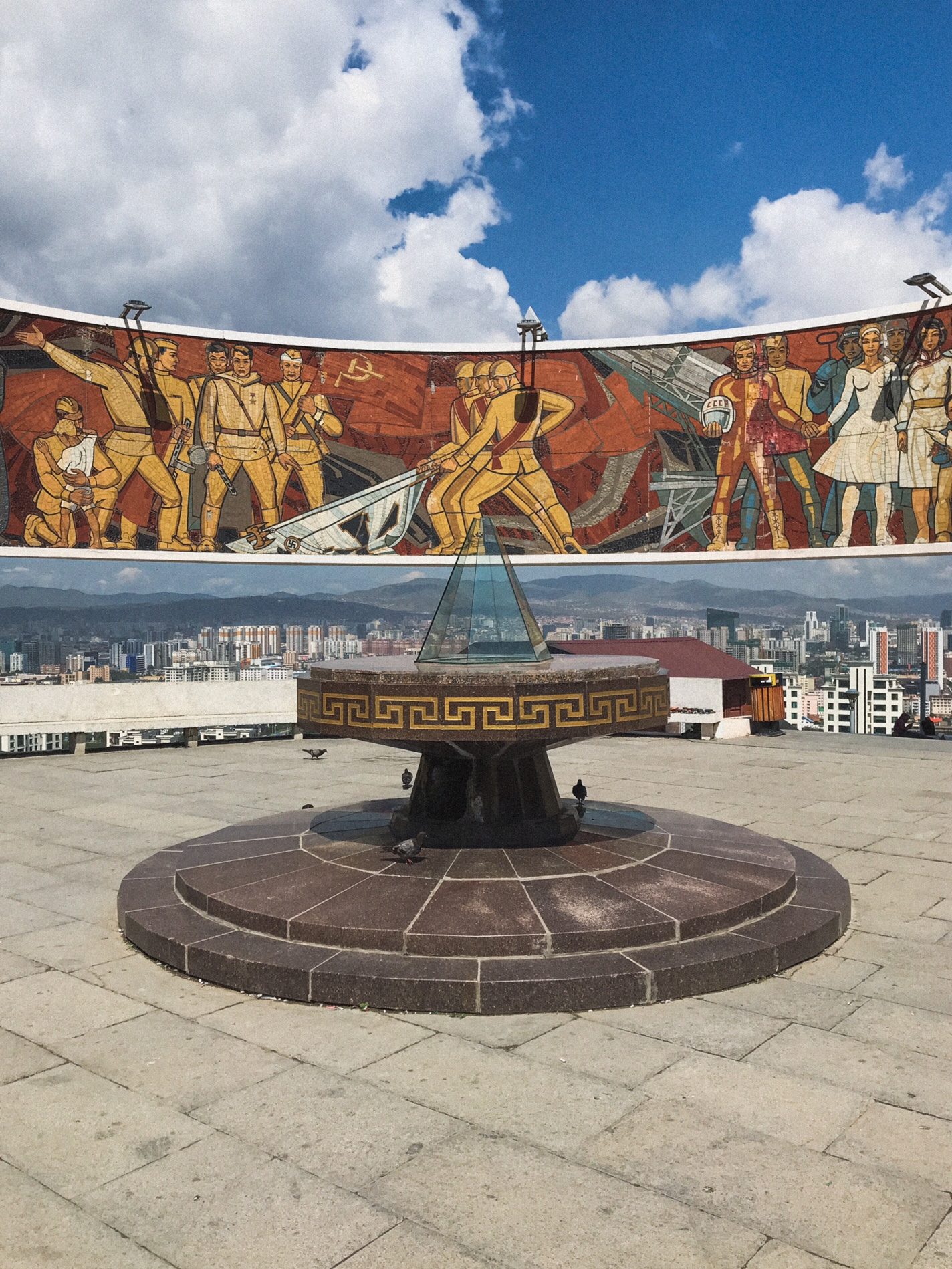

A ger is a Mongolian tent the nomads live in throughout the year. It is an older version of the Russian yurt with both shelters found across the former Soviet and Mongol empire. Gers are portable and allow the nomads to move around the steppe with their livestock. The nomads tend to move four times a year, staying in one location for each season.
The gers often have four, six or twelve walls. They are constructed using long poles which hold the roof up using a removable canvas flap. The door faces to the south and on the inside, an altar is positioned north. Beds are placed on the edges of the ger with the men sleeping on the right and women on the left. The walls are insulated with rugs and pelts which, when combined with a log fire stove in the centre, keep the nomads warm even in -40 degree winter. Other rules of the ger include not standing on the door frame or walking between the beams in its centre.
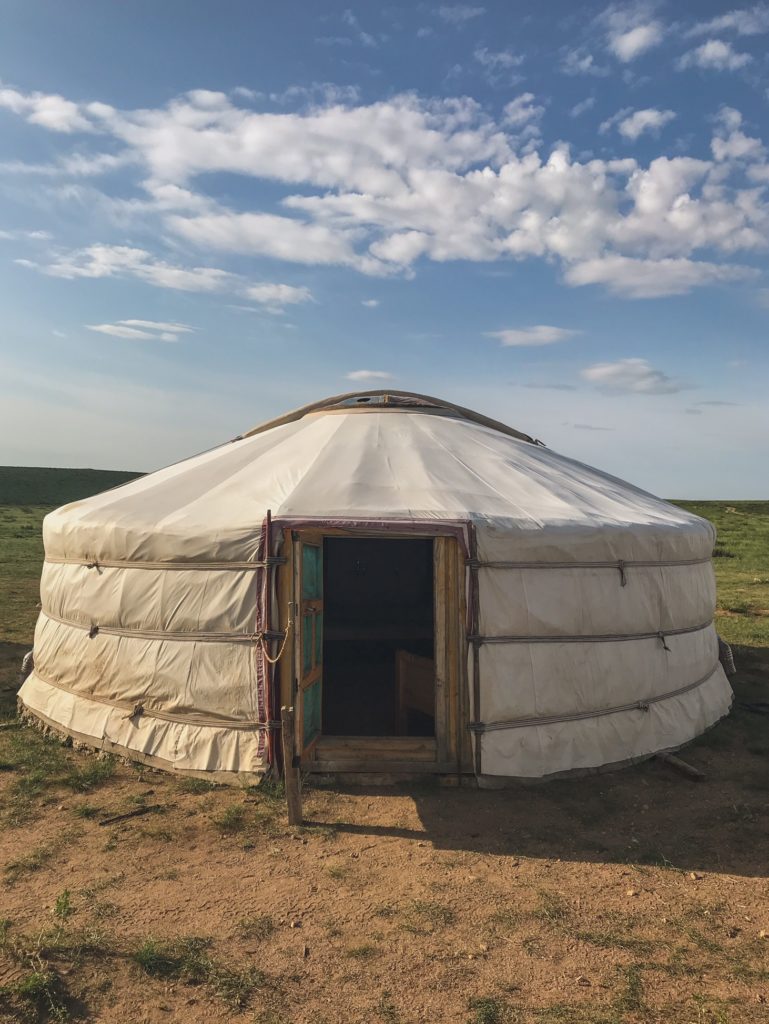

As a country with few natural resources – a weakness that is extorted by the fossil fuel rich neighbours of China and Russia – tyre burning and dung fireplaces are commonplace. As such, Ulaanbaatar is repeatedly cited as the world’s most polluted capital – an undesirable accolade hotly contested by Dhaka and Delhi. Yet, away from the smoggy highways and glass-shimmering towers, there’s a city of Buddhist temples, ancient architecture and fascinating military history to be found.
Mongolia’s past is a complex one, spearheaded by one of the most feared and ferocious dictators the world has ever known: Ghenghis Khan. The Mongols today celebrate him with statues and street names the country over. A divisive figure; a bloodthirsty tyrant behind the genocide of at least four million people and the founder of the lustrous Silk Road trade route. A man whose very duality makes him the appropriate symbol for a city built on a contrasting identity.

